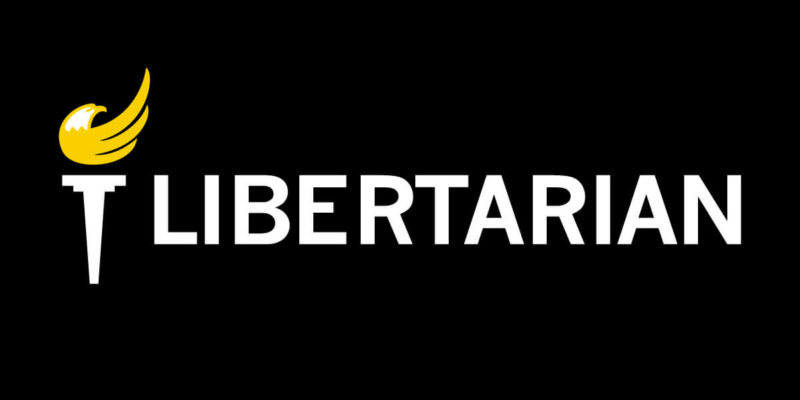Recently, Reason.tv took a look at agricultural subsidies as a part of the award-winning Drew Carey Project series.
From the accompanying commentary:
Agricultural subsidies were put in place in the 1930s during the Great Depression, when 25 percent of Americans lived on farms. At the time, Secretary of Agriculture Henry Wallace called them “a temporary solution to deal with an emergency.” Those programs are still in place today, even though less than 1 percent of Americans currently live on farms that are larger, more efficient, and more productive than ever before.
Consider these facts. Ninety percent of all subsidies go to just five crops: corn, rice, cotton, wheat, and soybeans. Two thirds of all farm products—including perishable fruits and vegetables—receive almost no subsidies. And just 10 percent of recipients receive 75 percent of all subsidies. A program intended to be a “temporary solution” has become one of our government’s most glaring examples of corporate welfare.
U.S. taxpayers aren’t the only ones who pay the price. Cotton subsidies, for example, encourage overproduction which lowers the world price of cotton. That’s great for people who buy cotton, but it’s disastrous for already impoverished cotton farmers in places such as West Africa.
U.S. farm programs cost taxpayers billions each year, significantly raise the price of commodities such as sugar (which is protected from competition from other producers in other countries), undermine world trade agreements, and contribute to the suffering of poor farmers around the world. It’s bad public policy, especially in these troubled economic times.
Not exactly a “winning program” once you look beyond major agri-business conglomerates like Monsanto.

